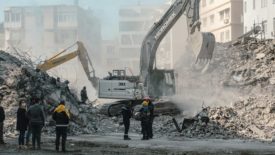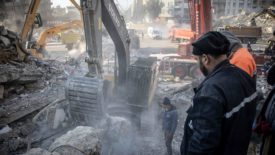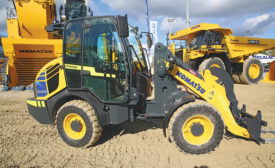- NEWS
- PROJECTS
- BUSINESS
- TALENT
- REGIONS
- TECH
- PRODUCTS
- IDEAS
- COSTS
- LISTS
- INFOCENTERS
- EVENTS
- Award of Excellence
- Best of the Best Project Awards
- FutureTech
- Groundbreaking Women in Construction EAST
- Groundbreaking Women in Construction WEST
- Global Best Projects Awards
- LA Infrastructure Forum
- NY/NJ Infrastructure Forum
- Regional Best Projects
- Seattle Infrastructure Forum
- Top 25 Newsmakers
- Upcoming Events
- Webinars
- MORE
Articles by Jeff Rubenstone
Equipment
2023 1Q Cost Report: Demand for Heavy Equipment Remains Strong as Prices Show Signs of Stabilizing
Pandemic jitters give way to seasonal price trends, but new iron is still on backorder
Read More
Natural Disasters
Uneven Code Enforcement Seen in Earthquake-Damaged Buildings in Turkey
Death toll is expected to rise and crews work to restore critical infrastructure
Read More
The latest news and information
#1 Source for Construction News, Data, Rankings, Analysis, and Commentary
JOIN ENR UNLIMITEDCopyright ©2025. All Rights Reserved BNP Media.
Design, CMS, Hosting & Web Development :: ePublishing
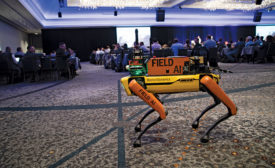


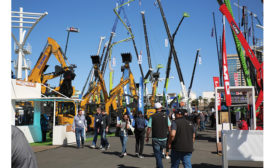

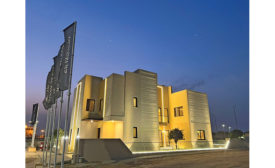

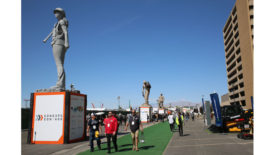
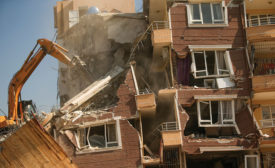
_ENRready.jpg?height=168&t=1677786838&width=275)
